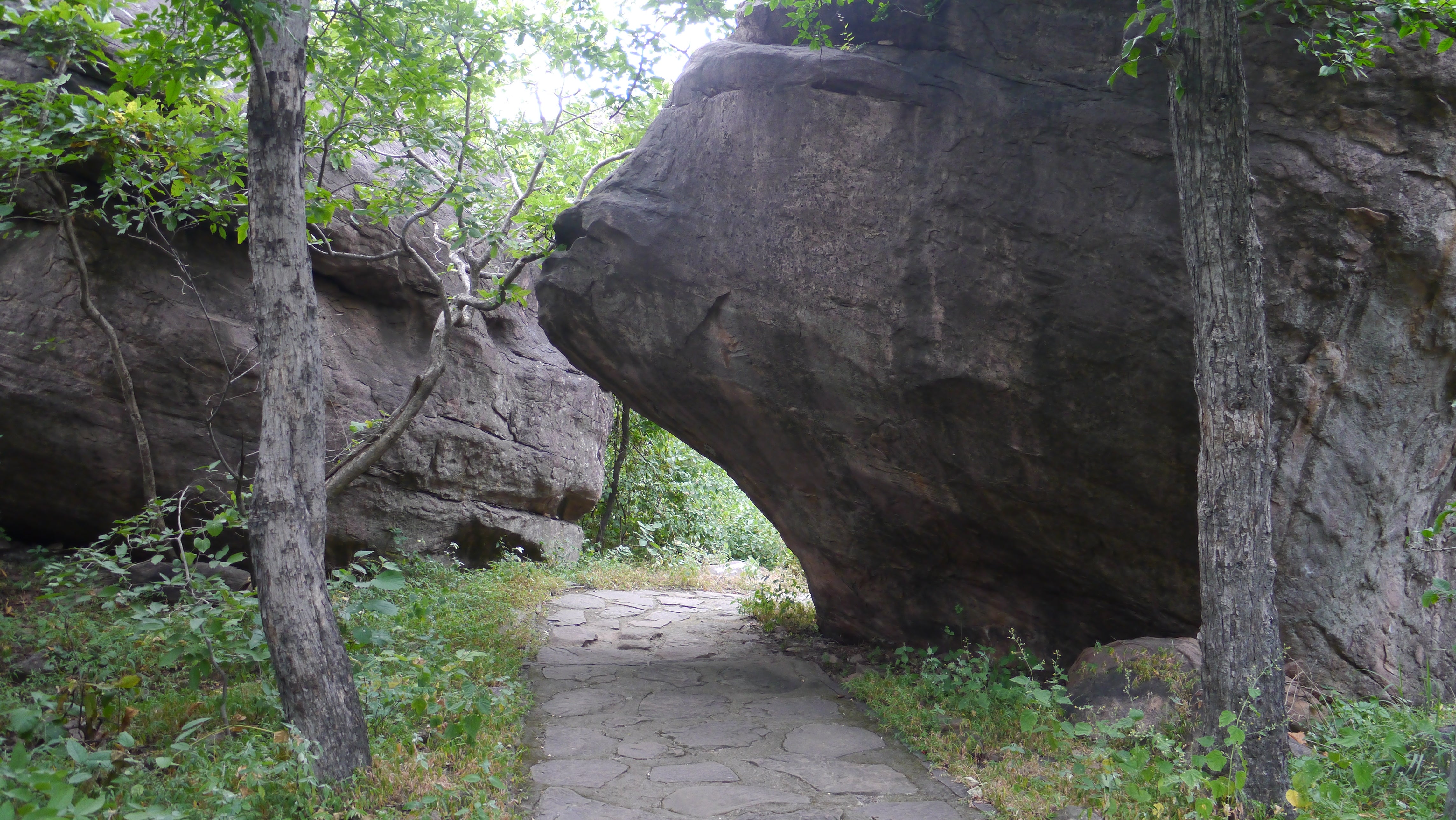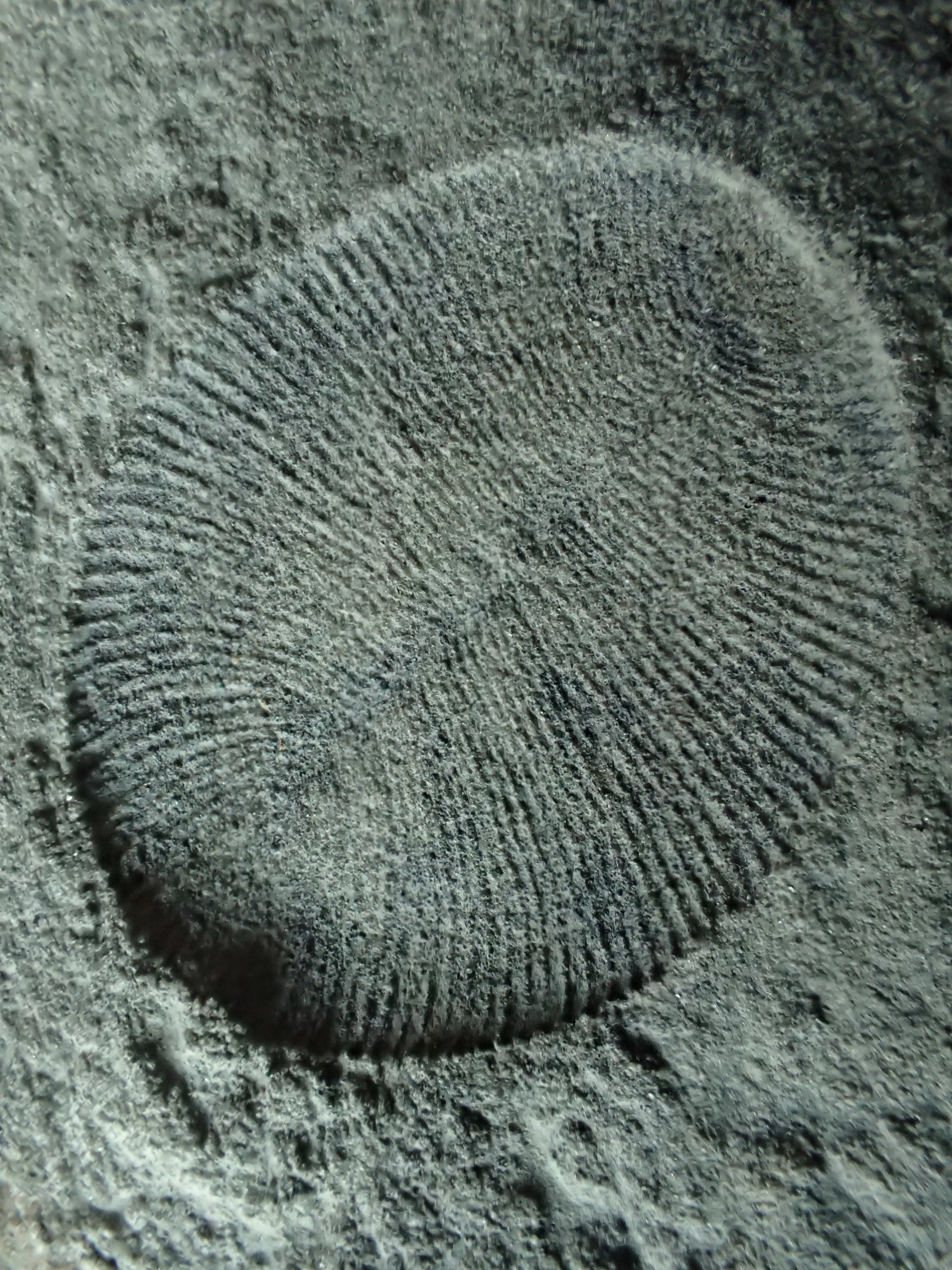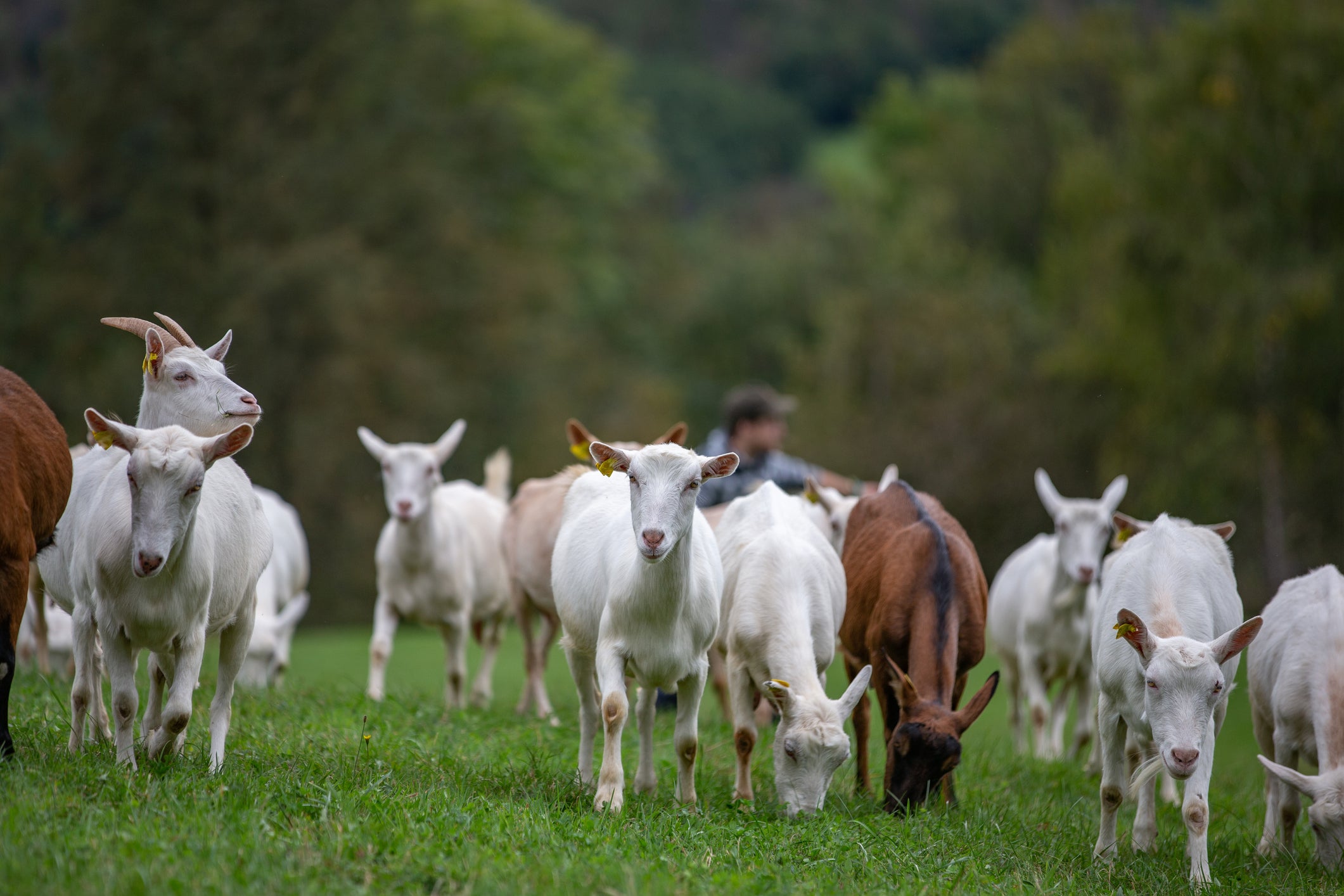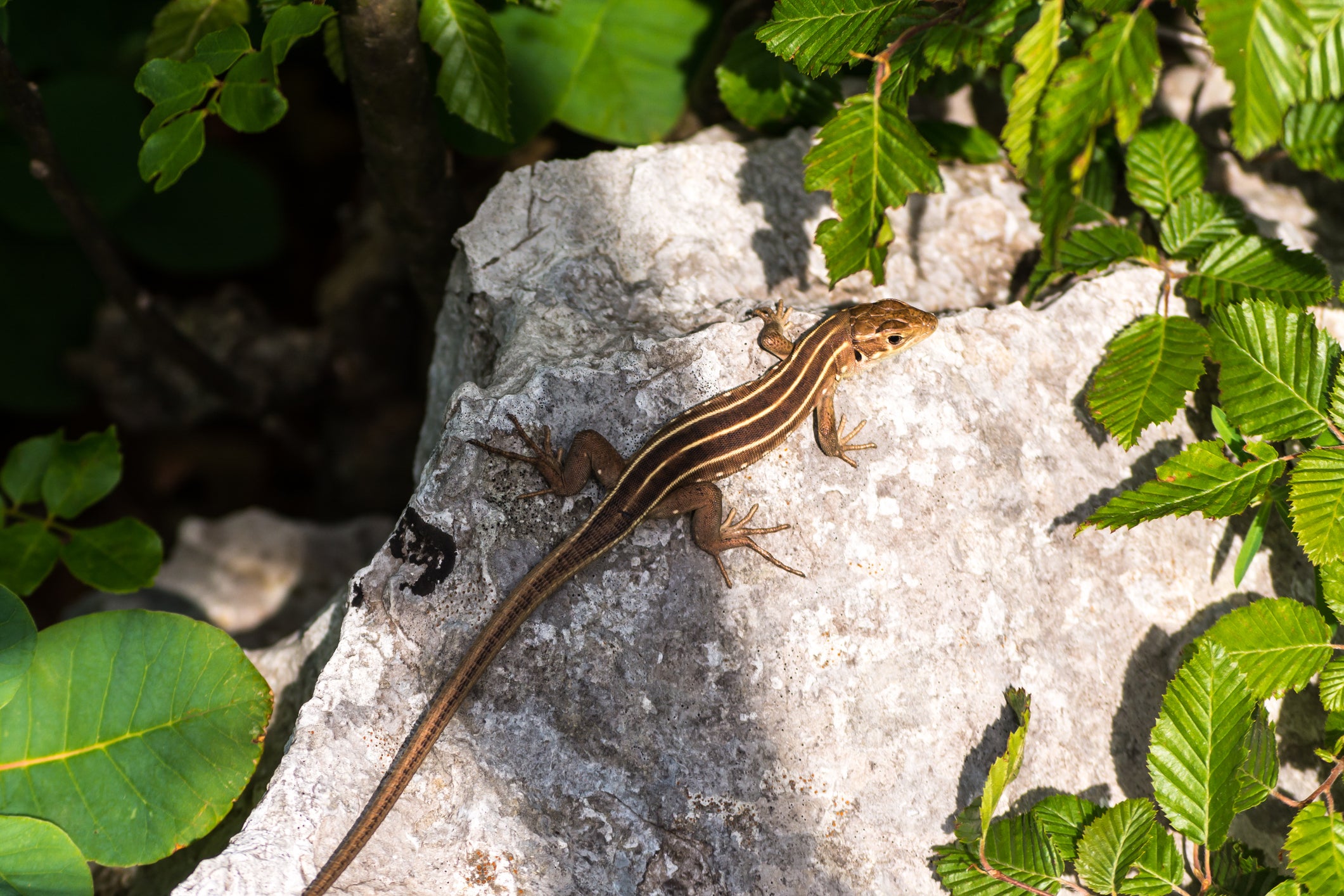Science news in brief: From Indian cave masterpieces to a mouse that survived an apocalypse
And other stories from around the world

A natural work of art may be hiding among Indian cave masterpieces
Ten thousand years ago or more, people started painting the walls of caves near Bhopal, India. Over the millennia they made thousands of images in what are now called the Bhimbetka Rock Shelters: men, women, a couple having sex, dancers, children, hunts, battles, about 29 animal species and mythical beasts such as a part-boar part-ox part-elephant.
Still, an overlooked pattern spotted by a tour group of scientists in March 2020 seemed much older. Eleven feet up on the wall of an area called Auditorium Cave, the visitors had identified something that looked like an imprint of Dickinsonia, an iconic 550 million-year-old fossil from the first bloom of complex life on Earth.
The gaggle of geologists had traveled to India for last spring’s International Geological Congress, which was then canceled because of the pandemic. But the pre-conference field trips went ahead, including a visit to the caves led by Ranjit Khangar and Merajuddin Khan from the Geological Survey of India.
“Talk about serendipity,” says Gregory Retallack, a paleontologist at the University of Oregon who described the 17-inch fossil this month in the journal Gondwana Research. “Finding it where we would not expect, on the last day of the expedition, in a cultural stop?”
Retallack and the others took pictures from as many different angles as possible. Back home, they used image-based 3D modelling software to take a closer look.

Dickinsonia, a blob with internal ridges that looks vaguely like a halved Christmas ham, has been found in Australia, Russia, Ukraine and as of this January, close to China’s Three Gorges Dam. No Indian specimens were known. But the size, shape and surrounding rocks of the Bhimbetka pattern all match Dickinsonia fossils elsewhere, the team argues, confirming the find.
Within Indian geology, the discovery may settle a long debate about the ages of ancient basins like the one that hosts the Bhimbetka site. Some studies date these rocks to 800 million or 900 million years ago; others have suggested they are younger. Fossils, tied to specific ages, could help.
“People have been trying for decades to look at the fossil content of these rocks, and they haven’t come up with much convincing evidence,” said Suvrat Kher, a science writer in Pune, India. The presence of Dickinsonia, however, nails down an age of about 550 million years.
— Joshua Sokol

Goats don’t vote
One moment a herd of goats is milling around, casually browsing the scrubby grass. The next, their long ears twitch and their wide golden eyes stare as they trot off purposefully, picking up speed as they appear to rush intently to a specific destination. They’re exhibiting a behaviour that scientists have long watched in herding, flocking and schooling animals.
It almost looks like the goats have cast their votes and decided together which way to go.
How creatures in the animal kingdom come to a decision together is a subject of perennial interest. It’s difficult, however, for a human observer to tell the difference between forays directed by silent voting and ones where animals copy whatever their closest compatriots are doing, the way schooling fish do. Using collars equipped with GPS and other sensors, biologists watched a small herd of Namibian goats to see if their behaviour suggested one tactic or the other. In a paper published recently in the journal Royal Society Open Science, they report that the goats do not seem to be voting.
If animals decide ahead of time which way to go, there should be a lag between when the majority orient themselves in the direction of travel and when they set off, said Andrew King, who studies animal behaviour at Swansea University in Wales and is an author of the new paper.
He and his colleagues have developed collars containing GPS equipment as well as accelerometers and magnetometers that track which way animals are facing, when they start to move together and where they finally end up.
If voting were happening, the goats would orient themselves before the movement began. There would be a delay before the goats acted on the decision.
Instead, what the researchers saw was that the goats did not start facing their destination until the very moment they were leaving. That implied that one goat would start moving, its nearest neighbours would turn to follow it, and their nearest neighbours would do the same, a behaviour the researchers call copying. That meant that the goats’ orientation before a foray did not predict which way they ended up going.
King said that if many unrelated species use this decision-making process instead of voting, “that probably means that’s a useful, adaptive way of making collective decisions.”
— Veronique Greenwood

These lizards have a hot trick to escape hungry snakes
Masami Hasegawa was just an undergraduate student when he first visited the Izu Islands of Japan in 1977. Every year since, he has taken the eight-hour ferry ride from Tokyo southeast to this cluster of volcanic islands to pursue a passion he has had since childhood: catching lizards.
A single lizard species, Okada’s five-lined skink, dominates all of Izu’s nine major islands, while its major predator, the Japanese four-lined rat snake, is found on most, but not all, of these islands. This makes the islands a bit like the Galapagos, where Charles Darwin first described how selective pressures – in this case those predatory snakes – may shape the islands’ lizards in surprising ways.
With a fishing pole baited with mealworms, Hasegawa caught lizards all over the Izu Islands and then measured their body temperatures with a cloacal probe.
“At the time, I don’t have any specific purpose or objective,” he says. But then he noticed there was a “great difference in the body temperature among the islands”. In other words, on some islands, the lizards were running much hotter than their cousins living on the other volcanic rocks.
After more than 40 years of study, Hasegawa, now a professor of biology at Toho University, and his colleagues published evidence that explains the cause of this quirk: where the lizards fear snakes, their body temperatures were on average 2.88 degrees Celsius higher than on snake-free islands. Their legs grow longer, too, helping them run faster.
The study shows how the presence of a predator can alter the biology and behaviour of a species in measurable ways. It also hints how a warming world could affect such predator-prey relationships. The research was published last month in Ecology Letters.
Lizards and snakes are both ectotherms, meaning that their body temperatures depend on their surrounding thermal environment. Body temperature, in turn, affects their ability to move; immobile at cold temperatures, their movement speed increases as they warm up, before reaching a plateau and rapidly declining when it gets too hot.
The researchers found that the lizards on the islands with snakes were running faster at higher temperatures, suggesting that they were more adapted to warmer body temperatures, says Félix Landry Yuan, a collaborator who is now a graduate student at the University of Hong Kong. At these higher body temperatures, the lizards sprinted faster than the snakes could crawl.
— Richard Sima

The mouse that survived a volcanic apocalypse
For centuries, Mount Pinatubo, a quiet volcano on Luzon, the most populous island in the Philippines, was an ecological Arcadia, a viridian mountain home to an abundance of fauna. One such critter was Apomys sacobianus, the Pinatubo volcano mouse, which spent its days hunting for earthworms and other foods.
On 15 June 1991, the volcano erupted. Almost 1,000 feet was shorn off its summit.
Ecologists suspected that the Pinatubo volcano mouse, thought to be found nowhere else, went the way of the dodo. But to everyone’s surprise, wildlife surveys revealed that this rodent didn’t just survive the eruption, but it also thrived. As reported in the Philippine Journal of Science last month, it became the most abundant mammal atop the mountain.
Investigating how this mouse made its comeback will help ecologists understand how other mammals may respond when devastation – anthropogenic or natural – greets them, says Eric Rickart, the curator of vertebrates at the Natural History Museum of Utah and co-author of the new study.
This mouse’s dramatic saga also reinforces an unassailable ecological edict: you should never underestimate rodents, says Christine Wilkinson, a doctoral student researching conservation biology and human-wildlife conflict at the University of California, Berkeley, who was not involved with the study.
While scientists presumed the mouse had been taken out by this extinction-level event, some were curious if there was more to the story. Danilo Balete, a researcher with the Field Museum of Chicago, went to Pinatubo in 2011 and 2012 to check whether this grim fate occurred. Working with field assistants, Balete set traps to capture and tally up the local mammalian wildlife.
Balete, also one of the study’s co-authors, died suddenly in 2017, at age 56. His colleagues felt impelled to complete the work he started – and in doing so, they found the opposite of what everyone had predicted.
After acute environmental destruction, invading rats from lower elevations should have conquered the mountain, with native species pushed to the side. “That’s just not what we’re seeing in the Philippines,” says Lawrence Heaney, curator of mammals at the Field Museum.
As various plants, fungi and animals caught in wildfires demonstrate, some need destruction to thrive. And whenever a reigning ecosystem is dealt a lethal blow, like the asteroid coup de grâce that visited the dinosaurs 66 million years ago, small mammals are happy to fill the void.
— Robin George Andrews
© The New York Times




Join our commenting forum
Join thought-provoking conversations, follow other Independent readers and see their replies
0Comments